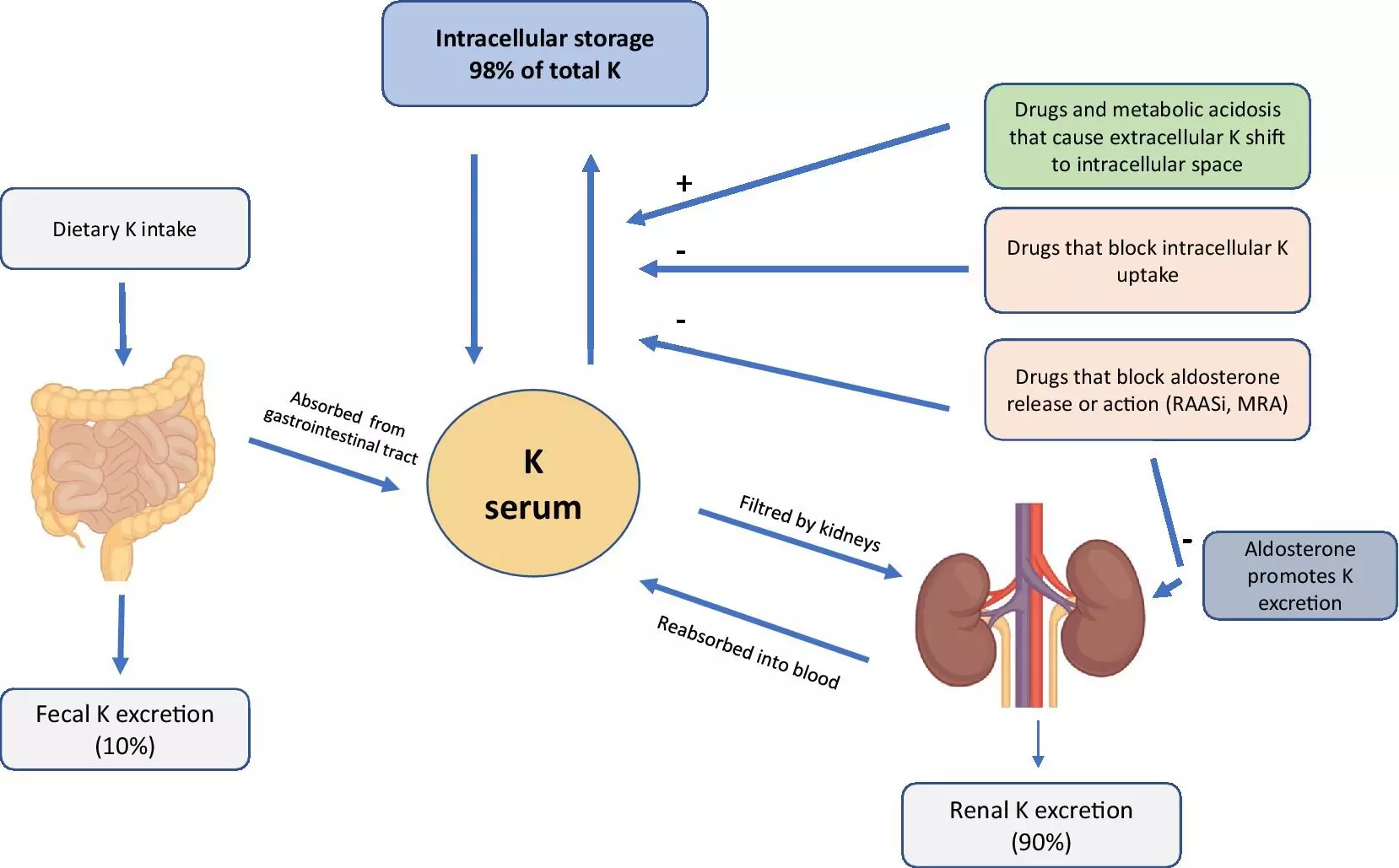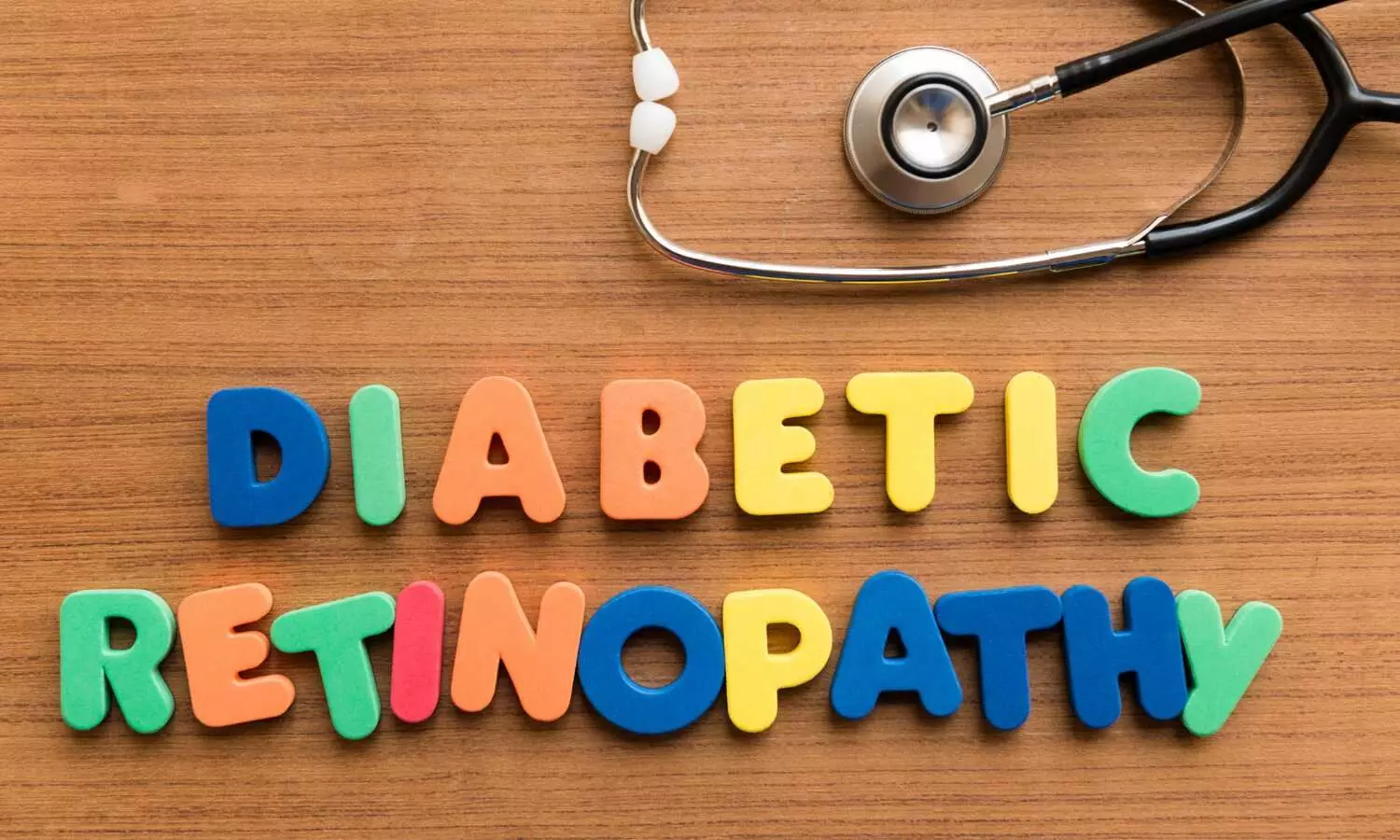
Eating a healthy diet as a child is linked to girls having their first menstrual period at an older age than those who consumed a less healthy diet, according to a new study published today (Wednesday) in Human Reproduction, one of the world’s leading reproductive medicine journals.
The findings remained unaltered by the girls’ body mass index (BMI) or height, both of which have been associated with the earlier onset of periods.
The study has implications for health in later life as it is well known that women who started their periods at an early age may be at higher risk for diabetes, obesity, breast cancer and diseases of the heart and blood vessels.
Holly Harris, MPH, ScD, an associate professor at the Fred Hutchinson Cancer Center in Seattle, Washington, USA, who led the study, said: “I think our findings highlight the need for all children and adolescents to have access to healthy meal options, and the importance of school-based breakfasts and lunches being based on evidence-based guidelines.”
The findings come from a large, prospective study of more than 7,500 children, aged between 9 and 14, who were enrolled in the Growing Up Today Study (GUTS) in the USA in two waves in 1996 and 2004. The researchers followed them through to 2001 and 2008, respectively.
For the first time, the researchers investigated the link between particular diets and the age that periods first started (menarche). They are also the first to examine whether BMI might have a modifying effect on the association between diet and age of menarche. Previous studies have only looked at BMI as something that needs to be considered when analysing results (a confounding factor).
Prof. Harris said: “In previous work that we had conducted in the Nurses’ Health Study II, an ongoing prospective cohort, we observed a higher risk of breast cancer among people who consumed an inflammatory-promoting diet during adolescence and early adulthood. Following these results we were interested in understanding whether earlier life dietary intake might influence breast cancer through impact on risk factors for breast cancer that occur between early life and breast cancer, such as age at menarche. This led to the current study where we examined the impact of dietary patterns on age at menarche.”
Before their periods started, the children completed questionnaires about their diet when they joined the study and then every one to three years thereafter. They also reported their age when their first period started.
The researchers assessed the girls’ diets against two established dietary patterns: the Alternative Healthy Eating Index (AHEI), and the Empirical Dietary Inflammatory Pattern (EDIP). The AHEI awards more points for healthier foods, including vegetables, legumes and whole grains, while unhealthy foods such as red and processed meats, trans fats and salt are awarded fewer points. The EDIP scores diets in a way that reflects their overall potential for causing inflammation in the body. Foods that are linked to greater inflammation include red and processed meat, meat from animal organs, refined grains and high-energy drinks.
A total of 6,992 girls (93% of the whole group) had their first period during the study. Analysis of data from the questionnaires showed that the 20% of girls with the highest AHEI score and who, therefore, had the healthiest diets, were eight percent less likely to have their first period within the next month compared to the 20% of girls who had the lowest AHEI score. The 20% percent of participants with the highest EDIP score, which meant they had the most inflammatory diet, were 15% more likely to have their first period in the next month compared to the 20% who had the lowest EDIP score.
Prof. Harris said: “We observed that these two dietary patterns were associated with age at menarche, indicating that a healthier diet was linked to menstrual periods starting at an older age. Importantly, these results were independent of BMI and height, demonstrating the importance of a healthy diet regardless of body size. As earlier age at menarche is associated with multiple later life outcomes, including higher risk of diabetes, obesity, cardiovascular disease and breast cancer, this may be an important period for trying to reduce the risk of these chronic diseases.”
The researchers believe that these results suggest the type of food eaten by girls during childhood and adolescence and its impact on inflammation may be what is influencing the time of menarche, rather than height and BMI.
“As this is the first study to look at these specific dietary patterns it is important to examine the association in other populations. It also highlights that eating a healthy diet, which we know is associated with chronic disease outcomes in later life, could also have benefits in adolescence. Generally, eating fruits, vegetables, whole grains, fatty fish, nuts and legumes, polyunsaturated fatty acids, while limiting intake of red and processed meats, refined grains, sugar-sweetened beverages and added salt, benefits everyone regardless of age,” said Prof. Harris.
The researchers now plan to look at childhood and adolescence dietary patterns and body size to see how they may relate to characteristics of menstrual cycles in adulthood.
Strengths of the study include that it collected data on diet in a prospective manner, and it was able to see whether or not BMI and height influenced the association with age at menarche. Limitations include information on diet, weight, height and age at menarche was collected via questionnaires and may be subject to error; the researchers were not able to adjust directly for body fat, as measured by dual-energy X-ray absorptiometry; and the participants were predominately white and so the researchers were not able to see if results varied by race.
Reference:
C P Davis, S Fest, K Cushing-Haugen, T W Kensler, J E Chavarro, H R Harris, Dietary patterns and age at menarche in a prospective study of girls in the USA, Human Reproduction, 2025;, deaf072, https://doi.org/10.1093/humrep/deaf072










